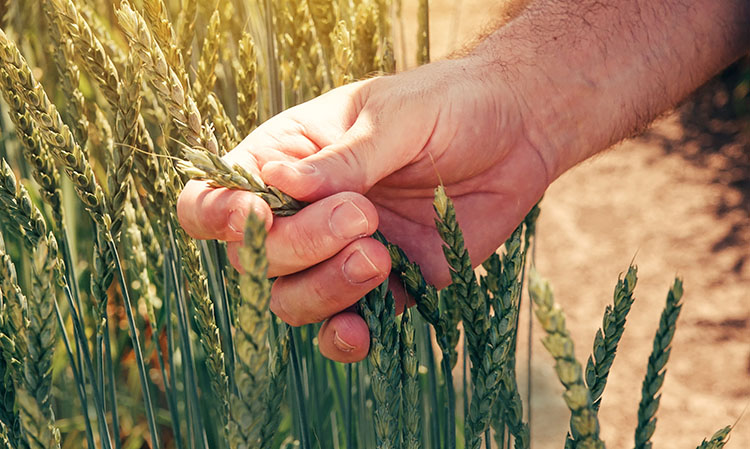
11. April 2024
By Dimitris Argyriou
Spelt has been making a comeback among consumers’ favorites, propelled by scientific evidence and the
perception that it offers greater nutritional benefits compared to common wheat.
Spelt (Triticum spelta L., also known as T. aestivum ssp. spelta) is a primitive hulled wheat species that has been cultivated since around 7000–8000 BCE. It served as a staple food across Europe from the Bronze Age through medieval times. However, its cultivation declined following the introduction of the potato to Europe and the rise of high-yield, huskless varieties of common wheat (Triticum aestivum L., or T. aestivum ssp. aestivum) that are simpler and more cost-effective to process. Despite this, spelt has continued to be an important food and minor cereal crop in certain areas of central Europe, such as Belgium, Germany, Austria, Slovenia, and Northern Italy, and also in Canada and the USA.


